Blue is Blue, Green is Blue?
The distinction between blue and green blurs in unexpected ways, revealing profound insights into color perception and linguistic evolution.
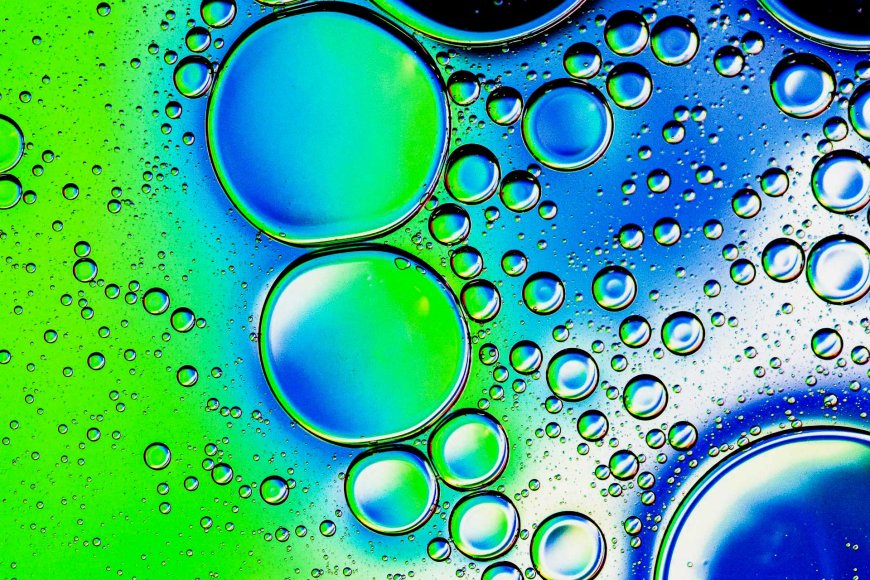
The Green-Blue Conundrum in Japanese Language
In the realm of colors, linguistic nuances can often perplex and intrigue. Take, for instance, the Japanese language, where the distinction between blue and green blurs in fascinating ways. In Japanese, "青" (ao) typically signifies blue, while "緑" (midori) denotes green. However, delve deeper into everyday usage, and you'll find perplexing anomalies. Why is a green traffic light referred to as "青信号" (aoshingou), or a green apple called "青りんご" (aoringo)?
 Green traffic light - 青信号 (あおしんごう)
Green traffic light - 青信号 (あおしんごう)
Color Perception in Japanese Language
To understand this linguistic peculiarity, we must first delve into the historical and cultural context. Ancient Japanese color classifications were rudimentary, encompassing "red, blue, black, and white." Remarkably, the category of "blue" encompassed what we now differentiate as both blue and green. For instance, the phrase "Awo Yoshi" in Nara folklore refers to the vibrant green of trees, encapsulating what we now perceive as green under the umbrella of "blue."
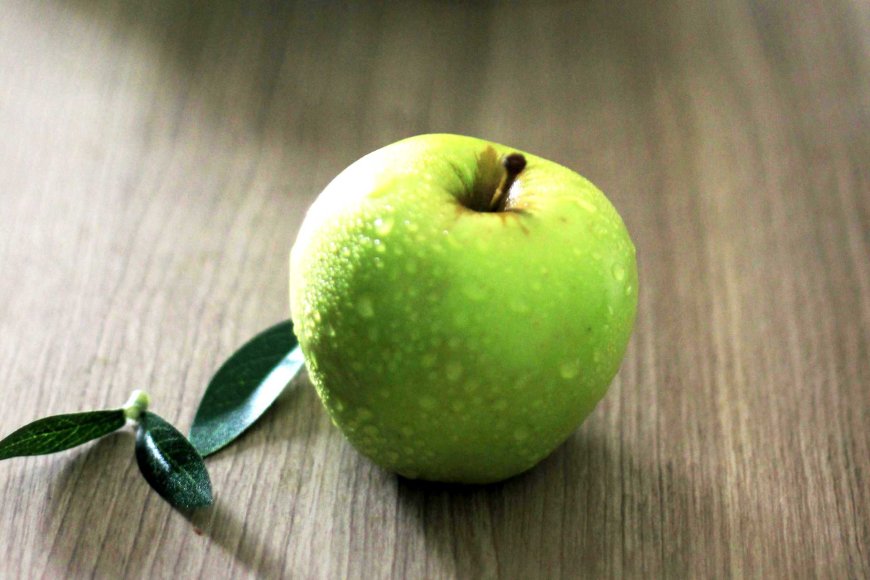 Green apple - 青りんご (あおりんご)
Green apple - 青りんご (あおりんご)
The Linguistic Evolution of Blue and Green in Japan
In tracing the evolution of color terminology, we encounter intriguing insights. A pivotal moment occurred during the early Meiji period when "green" emerged as a distinct color name, separate from blue. English-Japanese dictionaries from the late 19th century, such as the "Japanese-English Hayashi Shusei," reflect this transition. "Aoi" was translated as "light green or blue," while "midori" was designated as "green color." Conversely, in the English-Japanese section, "blue" corresponded to "aoi," while "green" encompassed both "aoi" and "midori." This linguistic transition underscores a shift in perception. In Japanese language, remnants of the past persisted, leading to a dual usage of "blue/green" to describe objects that we unequivocally perceive as green today.
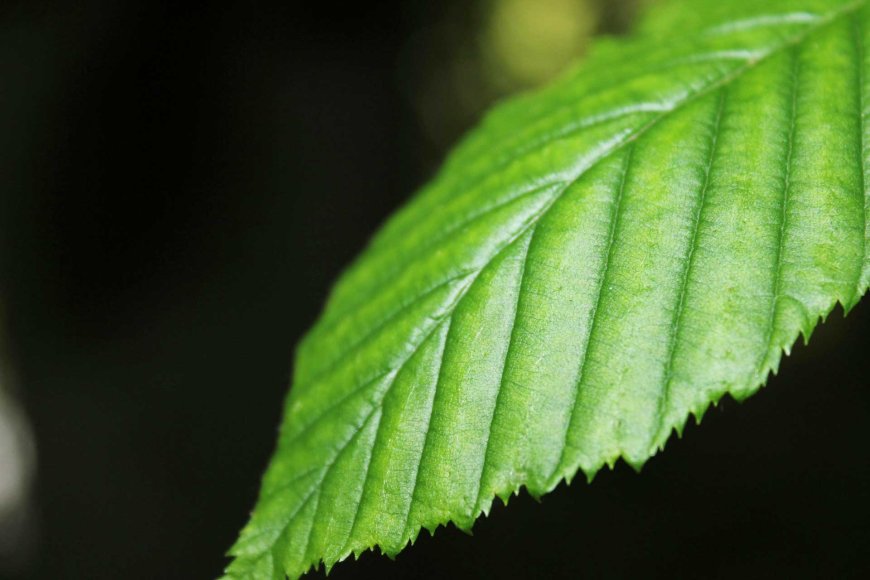 Green leaf - 青葉 (あおば)
Green leaf - 青葉 (あおば)
"Aoi" in Modern Japanese
"Aoi" in modern Japanese, despite its primary association with blue is often used to describe objects that Western conventions would classify as green. The usage of "aoi" to denote green traffic lights, green apples, green juice, green leaves, and even green caterpillars may seem perplexing at first glance.
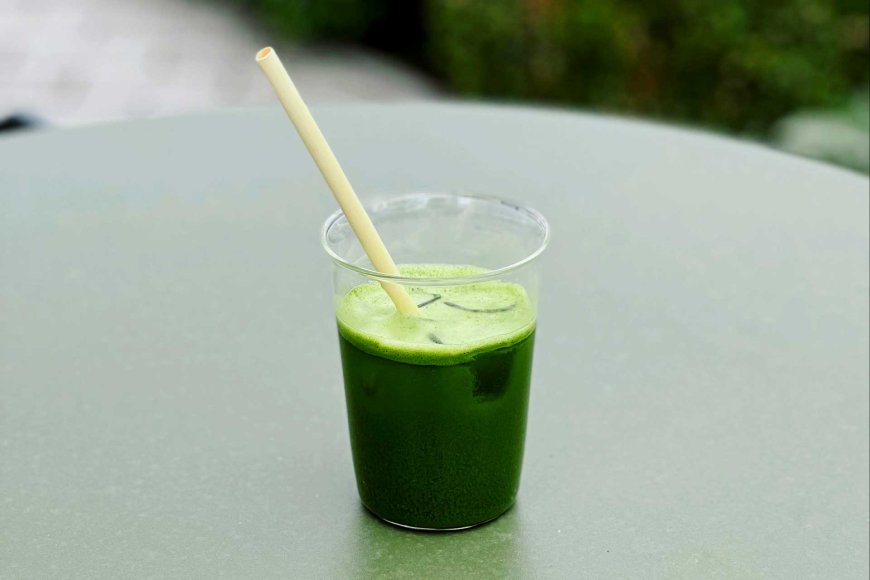 Green juice - 青汁 (あおじる)
Green juice - 青汁 (あおじる)
However, this linguistic anomaly aligns with historical precedent. The fluidity between blue and green persists in contemporary Japanese language and culture. Perhaps it's rooted in a nuanced understanding of color, where distinctions blur, allowing for a broader spectrum of interpretation. In essence, "aoi" transcends its literal translation, embodying meanings that encompass both blue and green. It serves as a testament to the intricacies of language and perception, where cultural nuances shape linguistic expression.
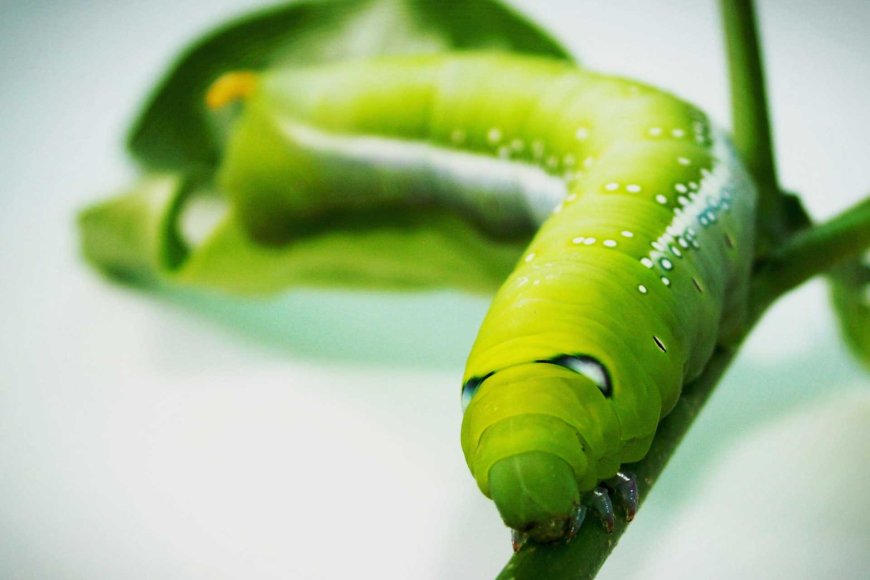 Green caterpillar - 青虫 (あおむし)
Green caterpillar - 青虫 (あおむし)
Fluid Boundaries of Color
The conundrum of "blue is blue, green is blue" in Japanese language reflects a complex interplay of historical, cultural, and perceptual factors. What may appear as a linguistic inconsistency unveils a deeper understanding of color perception and language evolution. So, the next time you encounter a "青信号" or munch a "青りんご," remember that in the world of colors, boundaries are fluid, and meanings are as diverse as the hues themselves.
Find Cheap Flight Tickets to any Destinations in Japan and the Philippines
Nipino.com is committed to providing you with accurate and genuine content. Let us know your opinion by clicking HERE.





































































